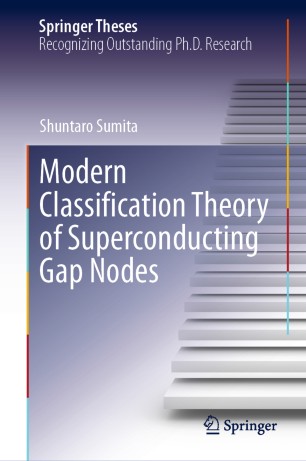

Most ebook files are in PDF format, so you can easily read them using various software such as Foxit Reader or directly on the Google Chrome browser.
Some ebook files are released by publishers in other formats such as .awz, .mobi, .epub, .fb2, etc. You may need to install specific software to read these formats on mobile/PC, such as Calibre.
Please read the tutorial at this link: https://ebookbell.com/faq
We offer FREE conversion to the popular formats you request; however, this may take some time. Therefore, right after payment, please email us, and we will try to provide the service as quickly as possible.
For some exceptional file formats or broken links (if any), please refrain from opening any disputes. Instead, email us first, and we will try to assist within a maximum of 6 hours.
EbookBell Team

5.0
100 reviewsThis book puts forward a modern classification theory for superconducting gap nodes, whose structures can be observed by experiments and are essential for understanding unconventional superconductivity. In the first part of the book, the classification method, based on group theory and K theory, is introduced in a step-by-step, pedagogical way. In turn, the latter part presents comprehensive classification tables, which include various nontrivial gap (node) structures, which are not predicted by the Sigrist-Ueda method, but are by the new method. The results obtained here show that crystal symmetry and/or angular momentum impose critical constraints on the superconducting gap structures. Lastly, the book lists a range of candidate superconductors for the nontrivial gap nodes.
The classification methods and tables presented here offer an essential basis for further investigations into unconventional superconductivity. They indicate that previous experimental studies should be reinterpreted, while future experiments should reflect the new excitation spectrum.